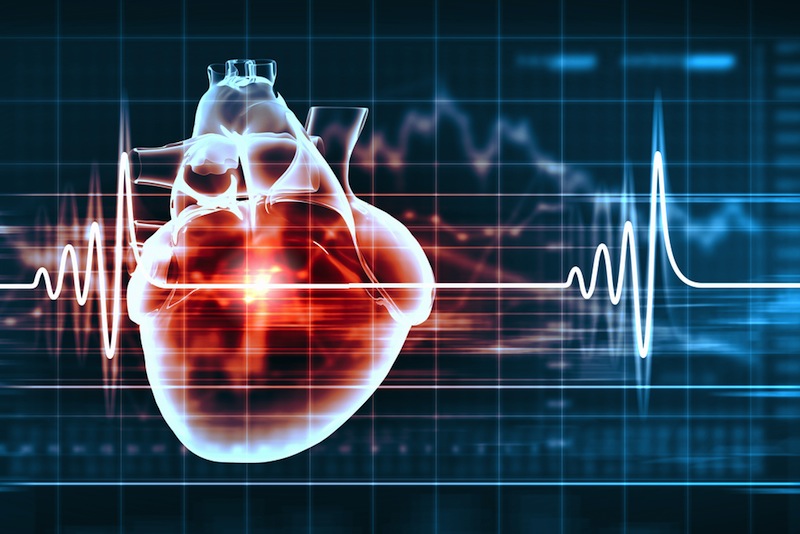Heart of the Matter: 7 Things to Know About Your Ticker

The heart is a vital organ that pumps blood through the body, and is part of the body's circulatory system. It is capable of some seemingly amazing feats you may not be aware of. Here are seven things you should know about the heart.
The heart can beat on its own
The heart does not need a brain, or a body for that matter, to keep beating. The heart has its own electrical system that causes it to beat and pump blood. Because of this, the heart can continue to beat for a short time after brain death, or after being removed from the body. The heart will keep beating as long as it has oxygen.
The heart beats about 100,000 times a day
Your heart is a busy organ. The human heart beats about 100,000 times a day, which adds up to about 3 billion beats over an average lifetime. The blood that your heart pumps could travel about 60,000 miles through blood vessels. That's the distance your blood vessels would cover if laid out, end to end.
More women than men die from heart disease
Although heart disease is often stereotyped as a condition that afflicts men, slightly more women than men in the U.S. have died from the condition each year over the past three decades, according to the American Heart Association. For example, in 2009, heart disease was responsible for 401,495 deaths in U.S. women, and 386,436 deaths in U.S. men, the AHA says.
Sign up for the Live Science daily newsletter now
Get the world’s most fascinating discoveries delivered straight to your inbox.
Heart rate is individual
A person's heart rate, or the number of times the heart beats per minute, depends on many factors, including age, fitness level, body size and medication. Resting heart rate for adults is typically between 60 and 100 beats per minute.
Blood pressure is two numbers
Blood pressure is not a single measurement, but two: systolic pressure, or the pressure when the heart beats, and diastolic pressure, or the pressure when the heart rests between beats. It is typically written as systolic pressure (top number) over diastolic pressure (bottom number). Normal systolic blood pressure is below 120, and normal diastolic pressure is below 80.
Blood pressure should be taken in both arms
Although the American Heart Association recommends that people have their blood pressure measured in both arms at their first visit with a doctor, most people have their blood pressure taken in just one arm.
Studies suggest that taking a blood pressure measurement in both arms may better help determine heart disease risk. In one recent study, people who had different blood pressure readings in their right versus left arm were at increased risk for heart problems over a 13-year period.
Death of spouse can increase risk of heart attack
A recent study found that older adults who had lost their partner were about twice as likely to experience a heart attack or stroke during the month following their partner's death compared with people who had not lost their partner.
The study results support previous research suggesting that major life events, including the death of a spouse, can lead to a temporary increase in the risk for heart problems.
Some studies have suggested that people who are grieving experience short-term changes in blood pressure, stress hormone levels and factors that help with blood clotting.
Follow Rachael Rettner @RachaelRettner. Follow Live Science @livescience, Facebook & Google+. Original article on Live Science.

Rachael is a Live Science contributor, and was a former channel editor and senior writer for Live Science between 2010 and 2022. She has a master's degree in journalism from New York University's Science, Health and Environmental Reporting Program. She also holds a B.S. in molecular biology and an M.S. in biology from the University of California, San Diego. Her work has appeared in Scienceline, The Washington Post and Scientific American.










